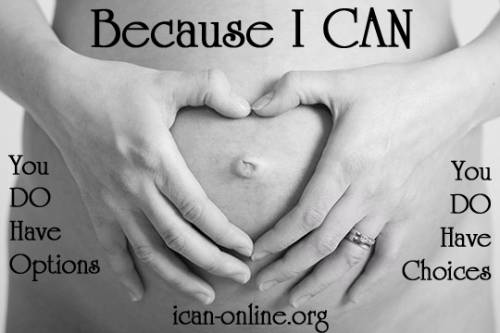The one thing I hear people are worried about when attempting a VBAC is that their incision will burst. There was a time when this did happen to multiple women; and it can be deadly for both the baby and the mother. But according to my doula instructor (who is also a nurse ... among countless other things), this happened because doctors began trying out cytotec.
Cytotec is a drug that was made for a completely different purpose, but someone noticed that it caused horrifically strong contractions in pregnant women. Stronger contraction will get the baby out quicker, right? Well, whether or not that is true, your body can only handle so much. A weight lifter can only lift so much before they will tear something. A runner can only run so hard before they will collapse. And your uterus was built to handle a certain amount of stress. Drugs can do all sorts of crazy things to make your body change and/or simply ignore the limits that exist to protect it. While this can be quite useful, it can also be deadly ... as in this case. This drug caused contractions so strong that the incision burst in laboring women, and also wreaked some serious havoc on those without an incision.
Cytotec now has "Not for Pregnant Women" all over it's labeling, as was shown to me by a midwife recently. She told me she keeps it on hand in case a woman is bleeding uncontrollably after the birth ... the contractions will close up the uterus and hopefully help stop the bleeding. "It's something we would do as we were calling 911 at the same time ... I never use it otherwise."
Another newer trend that is contributing to the VBAC fear is that some doctors are favoring a single row of stitches in the uterus, instead of the previously required a double row. The reasoning is that it is much faster; less time bleeding and having your insides on the outside. Is it really better? I don't know, but from what I've been told it's not widely accepted.
Whatever method your doctor may have used in the past, you can't do much about it now. But there is a lot you can do. Stay healthy. Walk, walk, walk. And learn everything you can. Read "Understanding the Dangers of Cesarean Birth: Making Informed Decisions". Scour these websites:
www.dangersofcesareanbirth.com
www.vbac.com
www.childbirthconnection.com
Take control. Nothing contributes to a successful VBAC more than a prepared, positive mother.




















